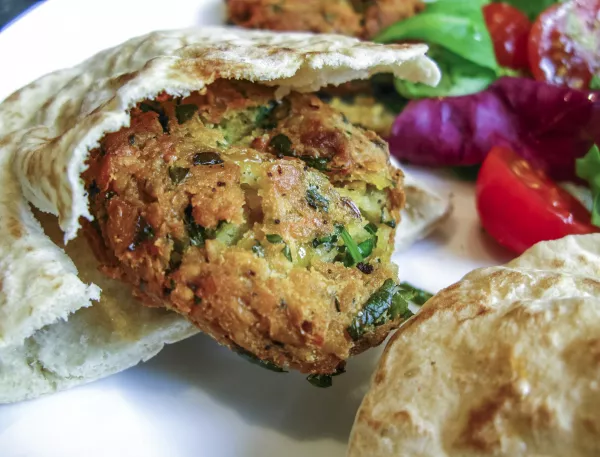There will be no planting of alternative food products made from vegetable raw materials to replace components of animal origin in Russia. This was stated by Deputy Head of the Ministry of Agriculture Svetlana Khodneva during the international forum Innofood.
Khodneva recalled that now the Ministry of Agriculture is faced with the task of ensuring the country's food security with traditional foodstuffs. “The value of alternative foods is important when it is an alternative and a choice, and when this choice is voluntary, so I sincerely believe that in our country there will be no forced imposition of the topic of alternative food as the only source of food security,” she said.
Earlier, the Association of Manufacturers of Alternative Foods (APAPP) and the Union of Plant-Based Products Producers reported that Rosstandart for the first time launched the process of standardizing products made from plant materials to replace animal components. And at a meeting of the working group on customs and tariff regulation, the allocation of individual codes in the TN VED of the EAEU for certain types of innovative plant products was considered. This is necessary, in particular, to confirm the compliance of such products with safety requirements, the press service of the Union of Producers of Plant-Based Products said.
Aleksey Ivanov, coordinator of the “We Eat Better” project, agrees that there can be no talk of forcible planting of alternative products. “Everything will depend, first of all, on the price and taste, as well as other characteristics of such products. The market will define itself. At the same time, it is important for healthy competition that the still emerging market for plant-based alternatives have a level playing field compared to the production of traditional products, he said. “After all, at this stage, manufacturers of alternatives do not yet have clear state standards for their products, subsidies and some other support measures.” Considering that meat and milk producers can also launch plant-based alternatives, it can be beneficial for everyone to support, rather than fight against, such initiatives, he believes.
Three or four years ago, the prices of Russian alternatives to meat and milk were several times higher than traditional products, Ivanov recalled. However, in recent years, largely due to the entry of meat processors and other large food producers into the industry, some alternatives have almost reached price parity, he noted. “It is precisely due to the economies of scale that are possible in large-scale production, as well as the availability of resources for research and development, that the price and taste of alternatives are becoming more attractive to Russian buyers every year,” Ivanov believes.
World experts estimate the development of the world market for plant products by 2030 in the range of $140 billion to $220 billion. Russia can take up to 15% of this market, the Union of Plant-Based Products Producers noted. The volume of production of a vegetable analogue of milk in Russia in 2021 amounted to 146 thousand tons, and a vegetable alternative to meat - 126 thousand tons. For comparison, in 2020 there were 24 thousand tons and 63 thousand tons, respectively. Imports of vegetable "milk" last year amounted to 19 thousand tons, and vegetable analogue of meat - 91 thousand tons, their exports - 1.7 thousand tons and 51 thousand tons, respectively. For comparison, in 2020, 1 thousand tons and 41 thousand tons of these products were supplied to foreign markets, the union cites data.
Last week, the logistics company PEK, citing its research, reported that the cost of raw materials for vegetarian products increased by 2-10 times in March-August. Analysts noted that the reason for the growth, in particular, was the additional costs of selecting suppliers, laboratory testing and paperwork, as well as lengthening delivery routes. So, for six months, transportation costs increased by 10-120%, depending on the direction.
© Inline LLC 2015-2026. Privacy Policy | Terms of Service